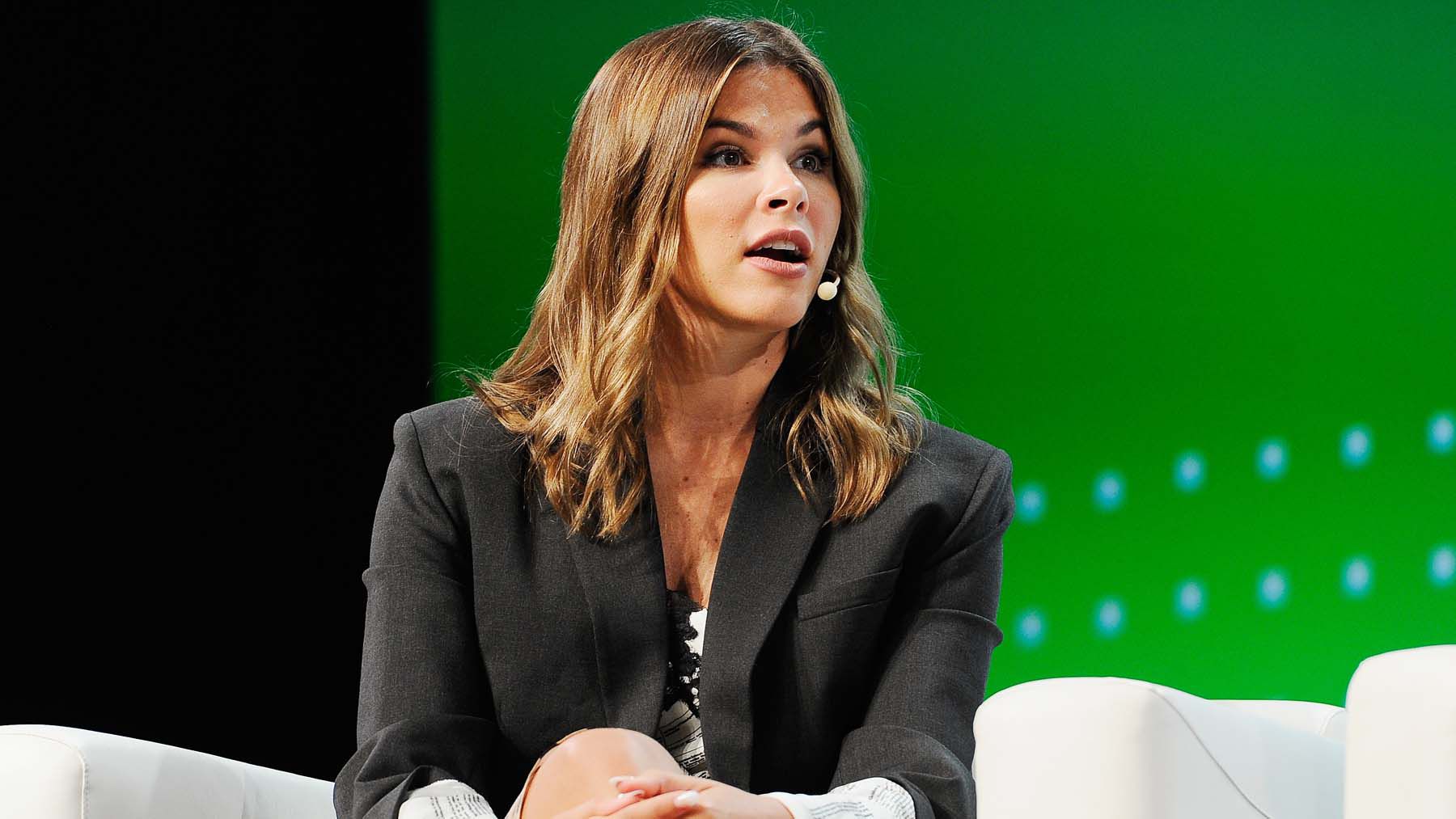
It’s been a tumultuous year for Glossier. On Tuesday, founder Emily Weiss announced in a blog post that she would be stepping down as chief executive officer and Kyle Leahy, an alum of Nike, Cole Haan and American Express, would be Glossier’s new chief executive, effective immediately. The news didn’t come out of nowhere: In January, the company laid off about a third of its employees after two years of declining sales.
At the time, much of the coverage focused on Weiss, with some publications reporting anonymous sourced grievances about the culture she had fostered at Glossier. Many articles were gossip-driven and sensationalised, lumping Weiss in with other female founders who were the subject of criticism over the past few years.
I’ve been vocal about the brand’s shortcomings but I’ve made a concerted effort to not make Weiss the entire story, and instead, focus on the business decisions that ultimately wound up hurting a brand that once could do no wrong (though it’s undeniable that it was Weiss making many of those calls).
One of Weiss’ last decisions as chief executive was to name Olivia Rodrigo as Glossier’s first celebrity ambassador last month. It was a key moment in the company’s turnaround, which also felt like a step toward turning Glossier from a brand that invented the modern beauty playbook into just another contender in an increasingly crowded market. Weiss will no longer run the company day-to-day and move into an executive chairwoman role, where she’ll be involved in the brand’s creative and retail initiatives. The brand has plans to open more stores, including the re-opening of its SoHo flagship early next year.
But Glossier isn’t just any beauty brand, even now. Will a traditional retail executive be able to steer an untraditional company?
Part of what everyone takes for granted is that Glossier has magic, and that what makes the brand special will automatically carry over to new management.
Weiss has been uncompromising in her vision and the direct-to-consumer proposition since founding website Into the Gloss in 2011. She created the environment — online and off — where all things Glossier live, as opposed to relying on a store like Target or Ulta to create a physical manifestation of what she so methodically built.
“Kyle understands firsthand just how unique a place and brand Glossier is,” Weiss said in a statement. “She is exactly the right person to lead our company into the future. Her experience building and scaling omnichannel and her talent and skills as a highly empathetic leader are perfectly suited to realize the full potential of Glossier in its next phase of growth.”
Any chief executive with a modicum of business know-how would look at the brand’s current troubles and say, “it’s a no-brainer, let’s go into wholesale.” It’s the easiest way to turbocharge revenue and get to profitability almost instantly. With a big enough retail partner, Glossier could no doubt double (or triple) its revenue overnight.
But the brand would also instantly lose the control that Weiss has worked so tirelessly to maintain. Balm Dot Com and Cloud Paint would be merchandised next to hundreds of other products; Glossier would become just another brand on the shelf, the very thing Weiss avoided at all costs.
Glossier got to where it is today by blazing its own path. For the brand, which pioneered the direct-to-consumer beauty model, implementing “traditional” strategies could result in unintended consequences. In a worst case scenario, it could boost sales today but lose its connection to its most loyal customers, dooming it in the long run.
Glossier has stated its plans to open more stores, and although it’s expensive, an experienced retail executive will be able to manage a bigger store footprint. Operating a network of stores is a way to double down on one of the brand’s core strengths, which has always been creating a world its customers want to be immersed in.
But even if Glossier were to open 50 stores, it could never come close to reaching the amount of people that a retailer with hundreds or thousands of doors could — which also presents its own set of challenges. A wholesale partner runs the risk of upsetting the perfect offline universe that Glossier creates every time it builds one of its high-touch, Instagrammable experiences in the real world. Shop-in-shops could be a way to maintain more control at another retailer; the brand could stay true to Weiss’ original vision and also be more in line with how a big beauty brand is run today.
When Glossier executes a strategy that’s rooted in best practices or has been done before, like the Olivia Rodrigo partnership, it feels off brand.
It’s very easy to look in from the outside and think you know what would make Glossier’s next chapter better, but I’m not sure that the obvious choices are the right ones. The company’s been around for close to a decade, which not many have done by writing their own playbook and bucking industry norms. It may feel good to investors to have a seasoned executive at the helm, but it’s to be determined if it serves the company’s best interests.
After all, you can’t really stand out by fitting in.



